Vietnamese seafood has variety of opportunities to RCEP thanks to loosened origin rules
| Updated edition of Vietnamese seafood company map to be released | |
| Tuna exports to many markets increase dramatically | |
| Vietnamese seafood sector to enjoy strong growth in 2021-2030: Report |
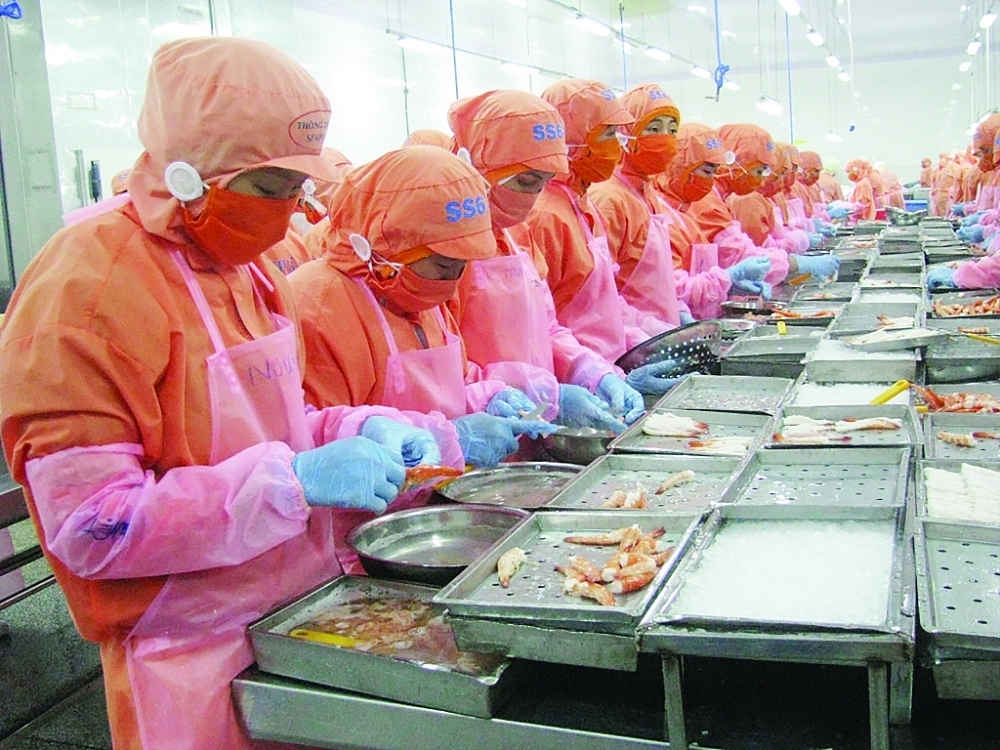 |
| Seafood is one of the typical industries benefiting immediately after the RCEP Agreement comes into effect. Photo: N.Thanh |
Plenty of room to increase exports
According to the Trade Promotion Department (Ministry of Industry and Trade), currently, Vietnam exports seafood to more than 160 markets around the world, of which exports to RCEP member countries account for a large market share (over 63% market share in seafood exports of Vietnam).
Vietnamese seafood still has many opportunities to promote exports to the RCEP market. Mr. Le Hoang Tai, Deputy Director of the Trade Promotion Department. said: “Origin of seafood products was previously required by FTAs. Purely in Vietnam, but RCEP allows breeding, farming in Vietnam and exporting while still enjoying preferential treatment. The RCEP Agreement helps businesses promote the export of seafood products to the member countries' markets, especially when exporting to the markets of leading trading partners such as Japan; Korea, and China, etc. rules of origin are relaxed”.
China is one of the large potential markets for Vietnamese seafood in the RCEP bloc. Mr. Nong Duc Lai, Commercial Counselor, Vietnam Trade Office in China, said China's domestic aquaculture and fishery output currently reaches 64 million tons/year, but consumer demand is up to 67.3 million tons/year. Recently, China's seafood import turnover increased sharply, reaching 3.6 million tons in 2021, worth USD 15 billion, doubling compared to the years 2015-2016.
Notably, Vietnam's seafood exports to China in the first four months of 2022 had remarkable prosperity, reaching more than USD 530 million, up to 100% over the same period last year with main export products including: Pangasius, basa fish, and frozen shrimp.
"The size of the Chinese market is large, consumer demand is diverse while Vietnam has a border with China, so there is still a lot of room for businesses to expand seafood export turnover to this market," Mr. Nong Duc Lai said.
Similarly, Vietnamese seafood also has many opportunities in the Malaysian market. Ms. Tran Le Dung, First Secretary, Vietnam Trade Office in Malaysia said that as a Muslim country, the demand for seafood products is quite large. Currently, Vietnamese seafood accounts for 8.8% of the market share in Malaysia after China, Indonesia, and Thailand. In the first four months of 2022, Vietnam's seafood exports to Malaysia increased by 40.7% over the same period last year.
“This is a very significant number, showing that Vietnam's seafood exports to Malaysia have clear growth prospects. In particular, RCEP facilitates Malaysia's deeper integration into global free trade and investment by eliminating 90% of tariffs between member countries. Therefore, through the Malaysian gateway, Vietnamese seafood can access many other markets," said Ms. Tran Le Dung.
Learn more about the rules of origin
In addition to opportunities and favorable factors, representatives of many Vietnamese Trade Offices in RCEP countries said that this agreement also brings competitive pressures to Vietnamese seafood products. Vietnamese seafood is still mainly exported in raw form; and the value of goods is not high. Furthermore, high prices and unrecognized seafood brands in the world market are also typical weaknesses leading to reduced competitiveness of goods.
According to Mr. Nong Duc Lai, in the future, domestic authorities need to closely monitor the quality of exported seafood. If the goods are not controlled, they will be returned or destroyed.
Along with that, he said: "The work of disseminating and updating information on China's food safety and hygiene regulations should also be promoted. In addition to activities of state management agencies, enterprises should proactively have specialized in staffs who know the local language to monitor and promptly update market information.”
Talking about experiences from the Japanese market case, Mr. Nguyen Manh Dong, Third Secretary, Vietnam Trade Office in Japan. said that. according to Japanese Customs, in 2021, seafood products that Vietnam exports most to Japan, including: frozen shrimp accounting for 22% of total shrimp imports from Japan; processed shrimp accounted for 36% of total imports of processed shrimp from Japan; Octopus accounted for 38% of Japan's total octopus imports. Vietnam's competitors in the Japanese market for shrimp and crab products are Indonesia, India, and China.
“Japanese people are very fond of ready-made and convenient seafood products. In general, Japanese consumers are quite demanding in terms of quality and freshness of seafood. These are the things that seafood exporters must pay special attention to," said Mr. Nguyen Manh Dong.
Mr. Le Hoang Tai further noted that Vietnamese enterprises need to carefully understand the rules of origin, especially the rules of origin that are cumulative within the bloc. At the same time, enterprises need to meet the regulations on sanitary and phytosanitary measures (SPS) and technical barriers to trade (TBT) of importing countries for aquatic products. This is a weakness of Vietnamese seafood.
Related News

Many export product groups are at risk of being investigated and subject to trade defense measures
10:05 | 08/04/2024 Headlines

Customs sets tariff guidelines under RCEP
10:43 | 08/06/2023 World Customs
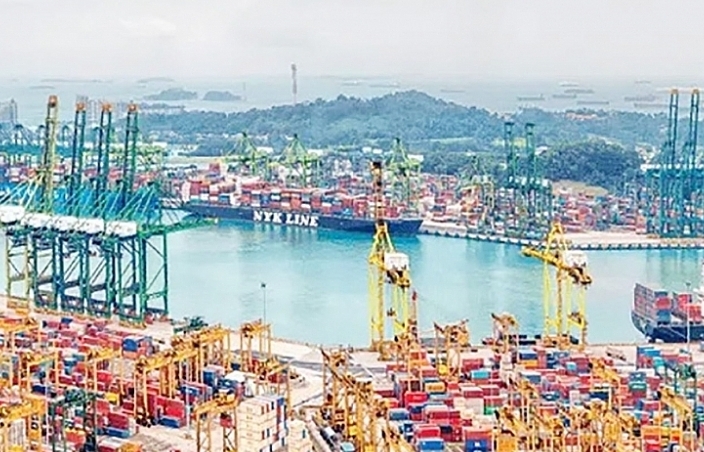
The special preferential import tariff for the implementation of the RCEP Agreement includes 11,414 tariff lines
18:29 | 06/05/2023 Regulations
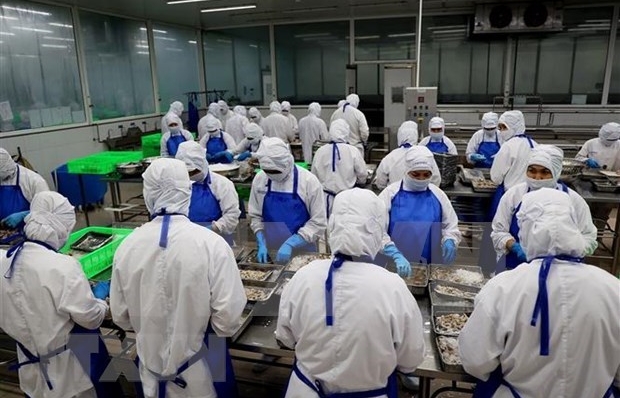
RCEP creates new impetus for regional economic development
15:09 | 08/02/2023 Import-Export
Latest News

Embracing green exports: a pathway to enter global supply chains
10:33 | 20/02/2025 Import-Export

New policy proposed to prevent transfer pricing, tax evasion of FDI enterprises
10:32 | 20/02/2025 Import-Export
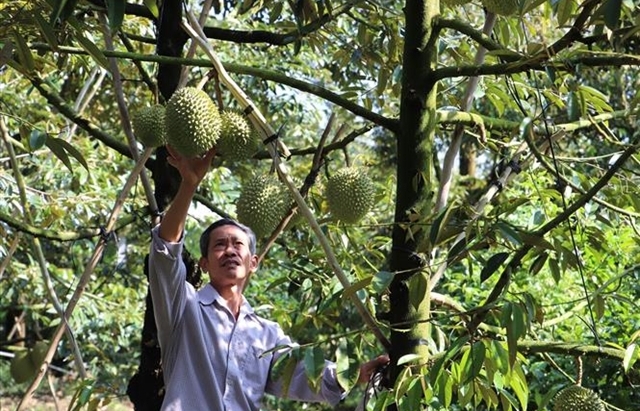
Việt Nam’s durian exports to China plummet by 80%
16:18 | 19/02/2025 Import-Export
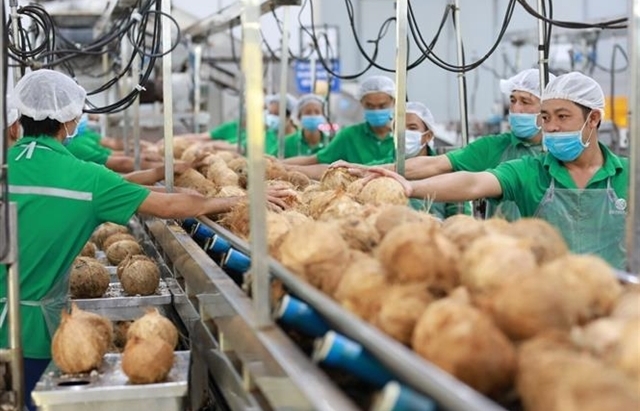
Coconut exports reach 14-year high
15:29 | 18/02/2025 Import-Export
More News

Shrimp exports grow in the first month of 2025
15:28 | 18/02/2025 Import-Export
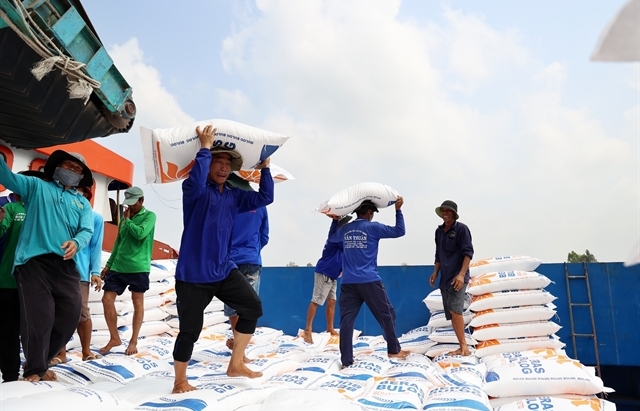
Rice export prices drop, but decline expected to be short-term
08:10 | 17/02/2025 Import-Export
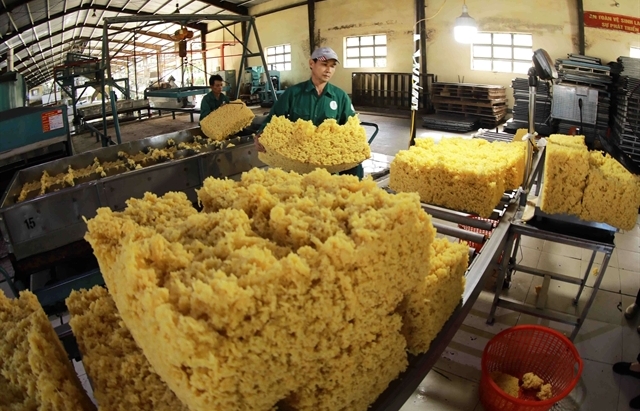
Key agro products expected to maintain export growth this year
08:08 | 17/02/2025 Import-Export
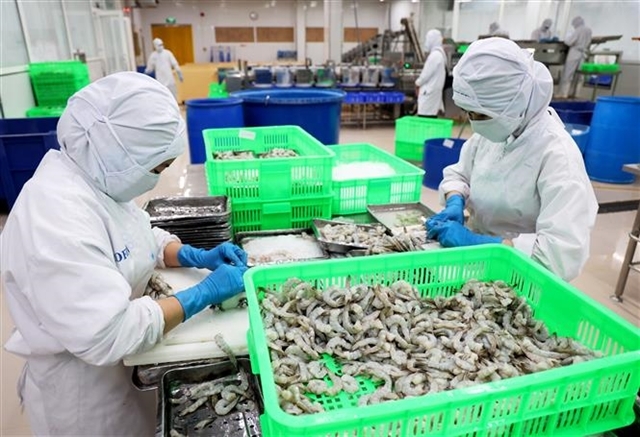
EU issues 12 warnings against Việt Nam’s food and agricultural exports
08:07 | 17/02/2025 Import-Export
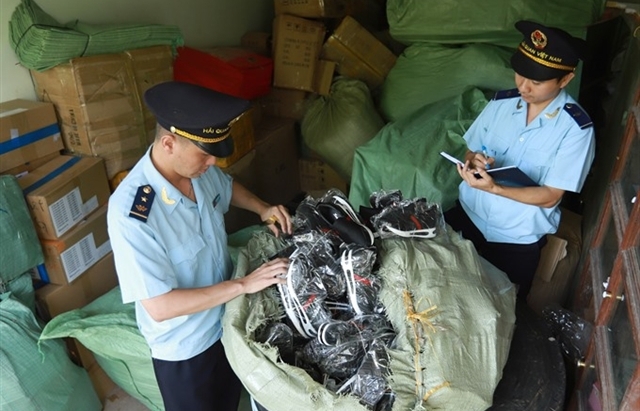
Việt Nam to impose VAT on low-value express-imported goods
08:06 | 17/02/2025 Import-Export

Exchange rate risks need attention in near future
16:31 | 15/02/2025 Import-Export
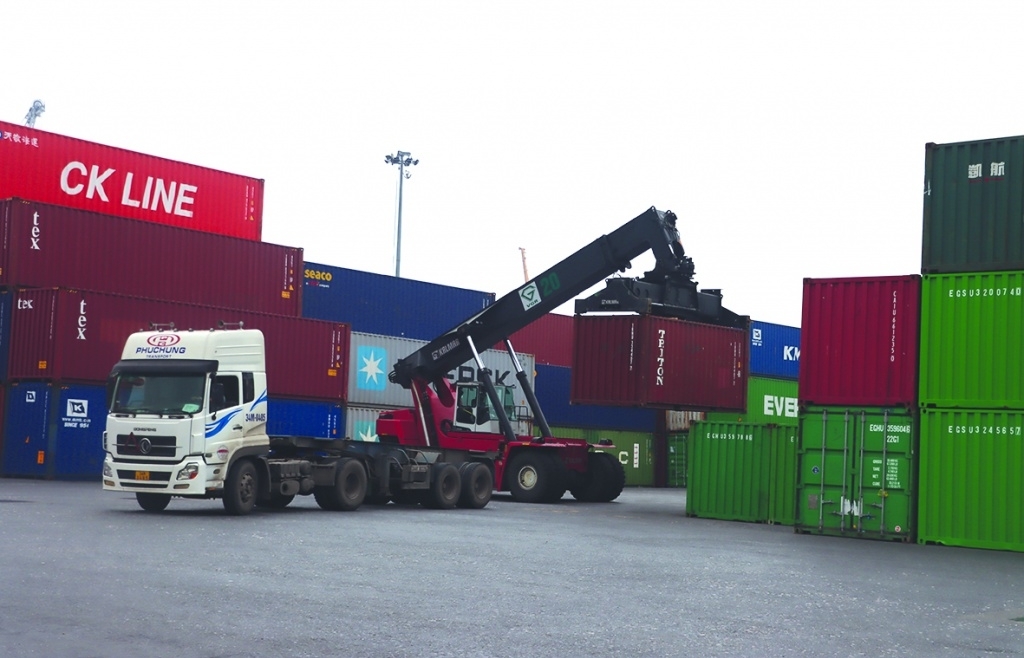
Vietnam kicked off the year with a strong start in trade, exceeding US$63 billion in the first month
16:30 | 15/02/2025 Import-Export
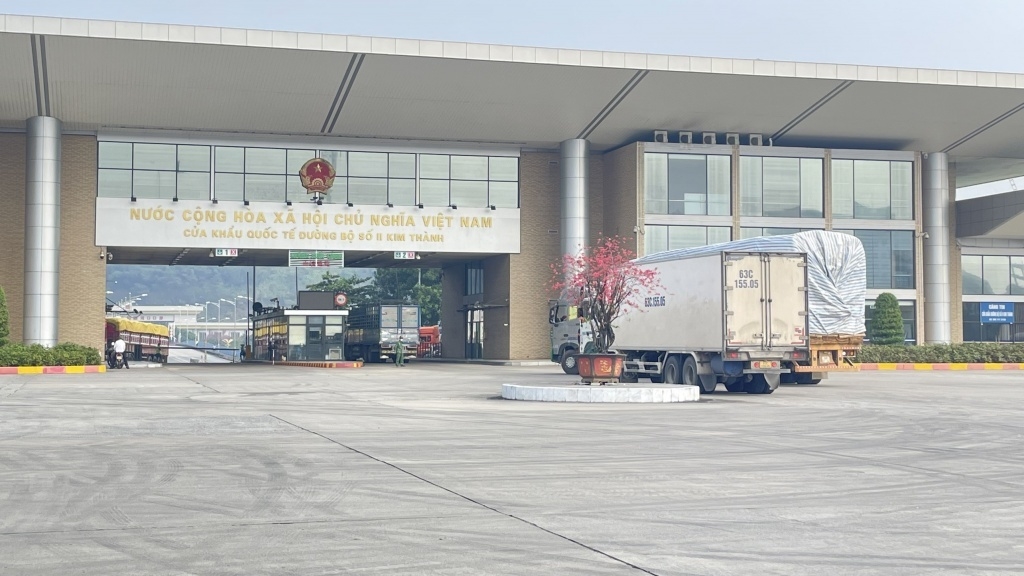
Import and export turnover reaches about US$29 billion in the second half of January 2025
14:52 | 14/02/2025 Import-Export

Market edges up slightly as liquidity remains low
14:48 | 14/02/2025 Import-Export
Your care
The system has not recorded your reading habits.
Please Login/Register so that the system can provide articles according to your reading needs.

Embracing green exports: a pathway to enter global supply chains
10:33 | 20/02/2025 Import-Export

New policy proposed to prevent transfer pricing, tax evasion of FDI enterprises
10:32 | 20/02/2025 Import-Export

Việt Nam’s durian exports to China plummet by 80%
16:18 | 19/02/2025 Import-Export

Coconut exports reach 14-year high
15:29 | 18/02/2025 Import-Export

Shrimp exports grow in the first month of 2025
15:28 | 18/02/2025 Import-Export
